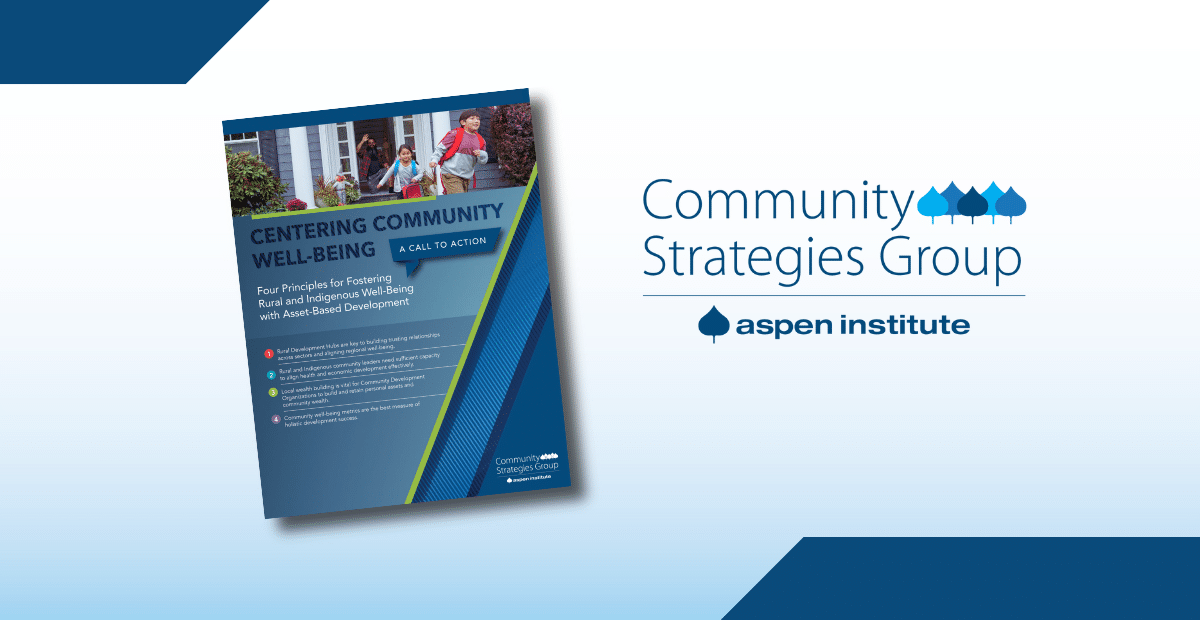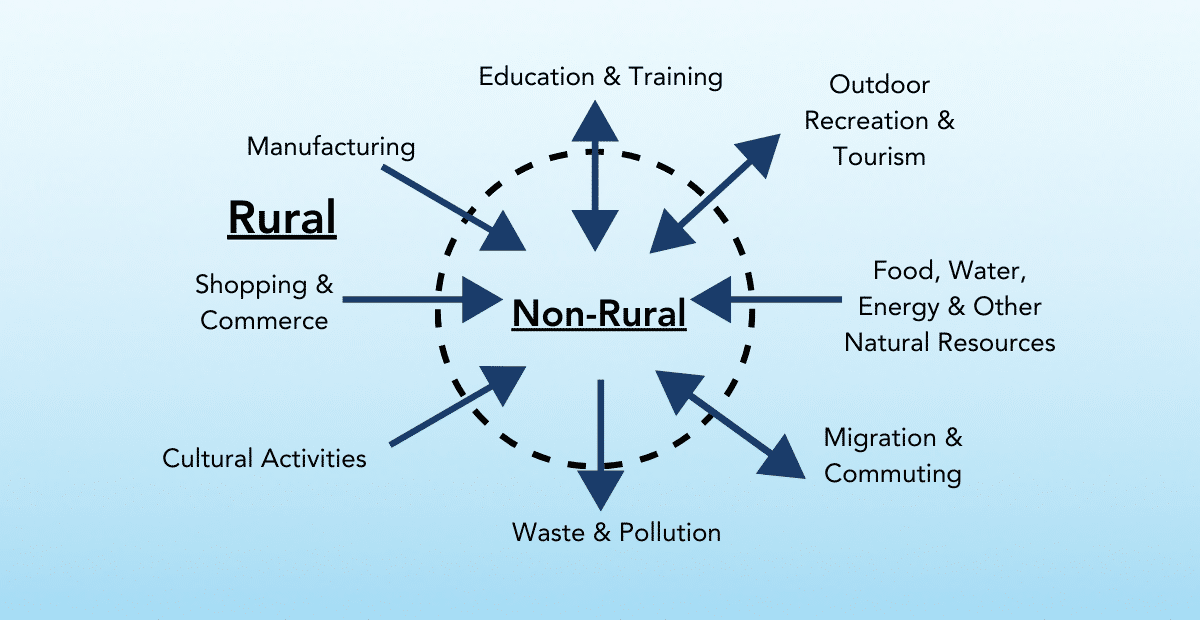View this Publication
Report presents key findings of a Public Voice nationwide study that sought to examine the access to supermarkets in rural America and to determine the actual cost and availability of foods in a “Thrifty Food Plan” (TFP)(as defined by the U.S. Department of Agriculture (USDA) market basket and persistently poor rural America.
Key findings include: 1) Food stamp benefit allotments are not adequate to purchase the foods necessary for the minimally adequate diet, the Thrifty Food Plan, for persons living in persistently poor rural America; 2) One out of every three food stamp dollars is spent in the smaller food stores in persistently poor rural America, while the other two dollars are spent in supermarkets; 3) Rural America has limited access to the competitively priced supermarkets; 4) The availability of fresh fruits, vegetables and meats is extremely limited in the small/medium stores in persistently poor rural America.
Key recommendations are as follows: 1) Provide adequate food stamp benefit allotments to recipients; 2)Assist smaller food stores become more competitively priced and offer a wider variety of fresh produce and meats.








